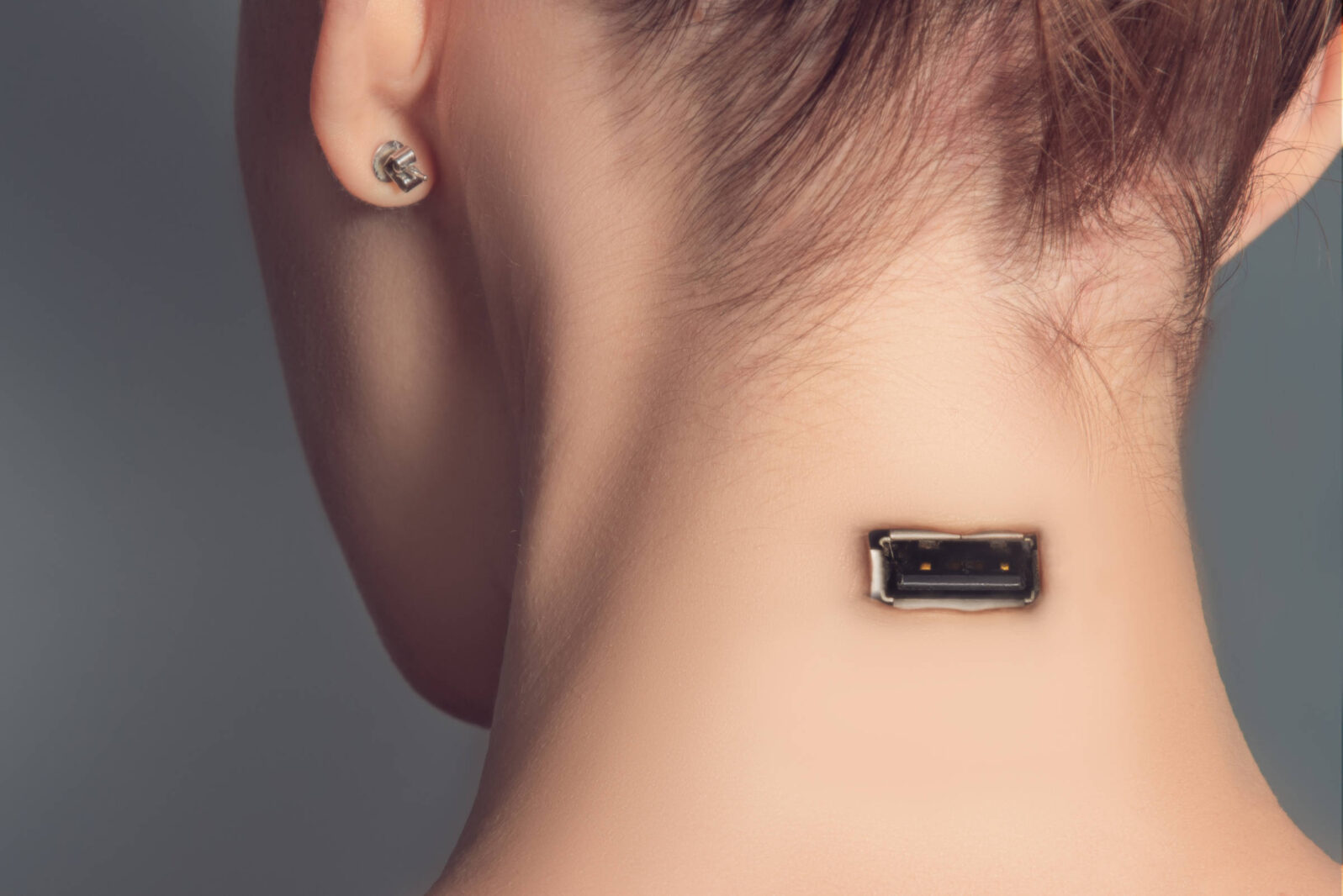2019 AI Hype Countdown #10: Sophia the Robot Still Gives “Interviews”
In other news, few popular media ask critical questionsTechnology hype is always with us and AI seems to hype stories into overdrive. Readers may remember Mind Matters News’ Top Ten AI hype stories for 2018—and here we are back again.
More often than we’d like to admit, even AI researchers have tried to pass off hype as reality—and media have gone along with it. So, here’s… Number 10!:
While Sophia the life-like robot was not as much of a sensation this year as last (2018’s # 4), media organizations continued to conduct mostly uncritical “interviews” with the robot. This year’s lot included a feature on NBC’s TODAY show where the news organization claims that “researchers designed Sophia to evolve, and learn from all of her human interactions.”
Yes, they really claimed that. Her interactions are most obviously ridiculous when she talks about her “hopes.” Sophia says, “I hope to do things such as go to school, study, make art, start a business.”
Hopes? Computers cannot hope—hope requires consciousness, and there are no serious AI experts who think that computers can hope. In other words, these claims aim at manipulating viewers into thinking that AI and robotics replicate human reality.
As a humanoid robot, Sophia certainly represents some impressive engineering. It is sad that the engineering fronts ridiculous claims about the state of AI, using partially scripted interactions as if they were real communication.
But Sophia now has a sister, “Little Sophia,” which is available for pre-order from an Indiegogo page. For only $149, a small version of Sophia can be yours!
Unfortunately, the creator makes fantastical claims about Little Sophia as well. On the Indiegogo page, creator David Hanson says, “All of these features [the robotic abilities] are really only meaningful because she is coming to life as a synthetic organism…living, physically embodied, character animation.”
Hanson goes on to say that “you can program her to do what you want.” Apparently, Hanson wants you to be enamored with both sides of the coin—intelligence and programmability—but doesn’t want you to see the contradiction between the two.
One must hope that Little Sophia hasn’t “inherited” whatever caused Sophia to go rogue and announce an intention to destroy humans in 2016. That kind of thing works better on the screen than in the room.
Further reading:
2018 4: Making AI look more human makes it more human-like! AI help, not hype, with Robert J. Marks: Technicians can do a lot these days with automated lip-syncs and smiles but what’s behind them? (Robert J. Marks)
We can imagine robots that think and feel But does that make them more likely?
and
